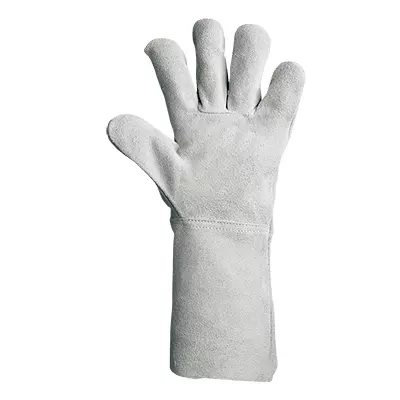Loading Sir Safety System for Germany
Change the country of delivery or ask for an alternative for product code SIR-MA1114B010 by contacting one of our product experts.

Sir Safety System Shetland Glove Grey
Sir Safety System Shetland Glove Grey
4.9 / 5
Change the country of delivery or ask for an alternative for product code SIR-MA1114B010 by contacting one of our product experts.
Get help from our experts
You can pay with any of the following popular payment methods:
Get in touch with our customer support if you need help
Get help from our experts